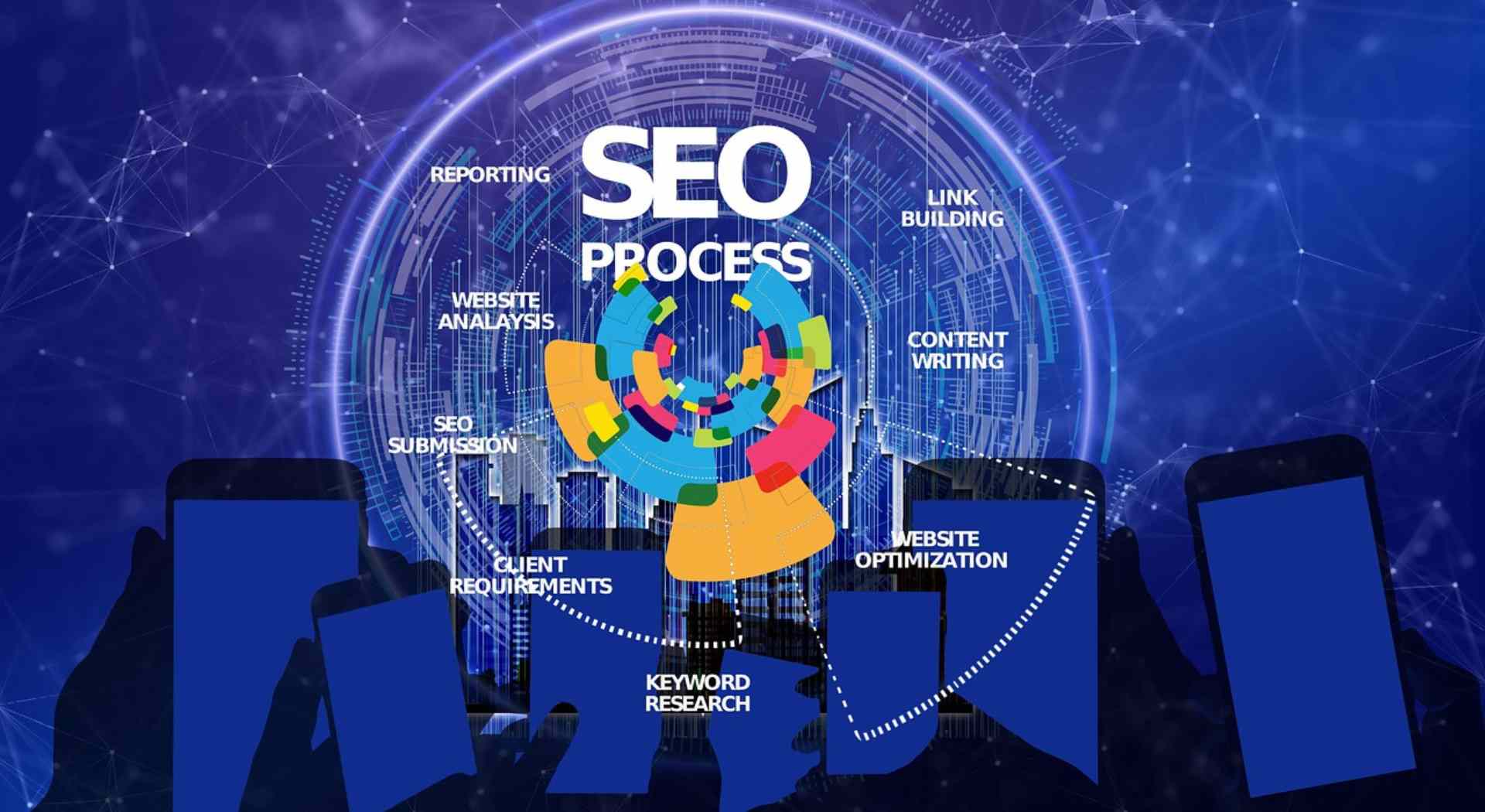In 2025, businesses aiming to thrive online can no longer separate their content strategy from their SEO approach. Content marketing for SEO is now at the core of modern digital marketing. Search engines, especially Google, have evolved to favor well-structured, helpful, and relevant content that meets the exact intent of users. The days of keyword stuffing and manipulative tactics are gone.
Modern SEO is all about creating value through content. Whether it’s a blog post, service page, guide, video script, or landing page, every form of content contributes to search engine visibility. A well-planned SEO strategy in 2025 requires quality content to drive traffic, engage users, build trust, and generate leads organically.
High-Quality Content Improves Google Rankings
One of the most important ranking factors today is the quality of your content. Google’s recent algorithm updates are designed to prioritize content that provides value to users. Pages with rich information, accurate data, and natural keyword usage rank significantly higher than those that lack depth or originality.
Creating high-quality SEO content helps your website appear in the top search results because it satisfies both the user’s query and Google’s expectations. When users find your content helpful, they spend more time on your site, interact with it, and often return—this positive user behavior signals search engines that your page is worth promoting.
Keyword Optimization Works Better with Strategic Content
Keyword optimization is still at the heart of every SEO campaign, but what has changed is how and where you use these keywords. In 2025, simply inserting your primary keyword into a page isn’t enough. You must strategically place primary, secondary, and long-tail keywords throughout the content to enhance visibility without compromising readability.
Strategic content creation allows you to naturally include target keywords in titles, meta descriptions, subheadings, body content, image alt texts, and anchor links. This helps Google understand the relevance of your content to a user’s search query.
Blogging Builds Topical Authority and Internal Structure
One of the most effective content marketing techniques is regular blogging. Frequent, consistent blogging not only boosts the number of pages indexed by search engines but also helps establish topical authority—a vital factor in 2025 SEO success.
When you regularly publish blog posts on related topics within your niche, you’re signaling to Google that your website is a subject matter expert. For example, a series of blogs on local SEO, technical SEO, and content optimization all linked to your page strengthens your domain authority in the SEO category.

Content Enhances Engagement Metrics Like Dwell Time and Bounce Rate
Search engines track how users interact with your content. If visitors spend time reading, scroll through your pages, and click internal links, it indicates that your content is engaging and useful. These metrics—dwell time, bounce rate, and pages per session—are important behavioral signals in Google’s algorithm.
When your content is structured for readability—using headers, images, bullet points, and short paragraphs—it encourages users to stay longer. Creating engaging, easy-to-read SEO content ensures users don’t bounce after just a few seconds. Instead, they get value, explore more, and possibly convert into leads or clients. This engagement loop is great for SEO performance and user retention.
Content Attracts Natural Backlinks and Boosts Off-Page SEO
Backlinks remain a powerful off-page SEO ranking factor, and content is the best way to earn them organically. When you produce content that is unique, authoritative, and informative, other websites, bloggers, and media outlets are more likely to reference it in their own posts.
For instance, if you publish a well-researched blog about “content marketing trends in 2025”, there’s a high chance that a digital marketing blog or local business site will link to it as a resource. These natural backlinks not only boost your domain authority but also drive referral traffic.

Content Supports On-Page SEO and User Experience
High-quality content allows you to implement on-page SEO best practices seamlessly. You can include H1, H2, H3 tags, proper keyword placement, internal links, optimized image alt texts, and meta descriptions—all without forcing them into the content.
A clean, structured format improves both SEO and user experience (UX). When users can scan, navigate, and interact with your content smoothly, they’re more likely to stay longer and return later. A website filled with optimized, user-friendly content builds trust, increases accessibility, and improves mobile performance—especially important in 2025, where Core Web Vitals heavily influence rankings.
Repurposing Content Increases Reach and SEO ROI
One often overlooked SEO tactic is content repurposing. Once you create a valuable piece of long-form content—such as this blog—you can reuse it across multiple platforms to reinforce your keywords and messaging.
Turn a blog into:
A carousel post for Instagram or LinkedIn
A short script for a YouTube video or podcast
A downloadable PDF checklist
An infographic or visual guide
Repurposing allows you to drive additional traffic, increase backlinks, and engage audiences on different channels—all while pointing them back to your original post for more depth. This multiplies the SEO impact of a single piece of content, boosting visibility and ROI.
Conclusion
In conclusion, content marketing is inseparable from SEO success in 2025. Whether you’re trying to rank for competitive keywords, reduce bounce rate, or attract backlinks, your content is the foundation of every effort.
A strong SEO content strategy aligns keyword research, audience needs, and business goals into one seamless digital experience. By investing in blogs, guides, infographics, videos, and more, you’re creating long-term value for your business.




